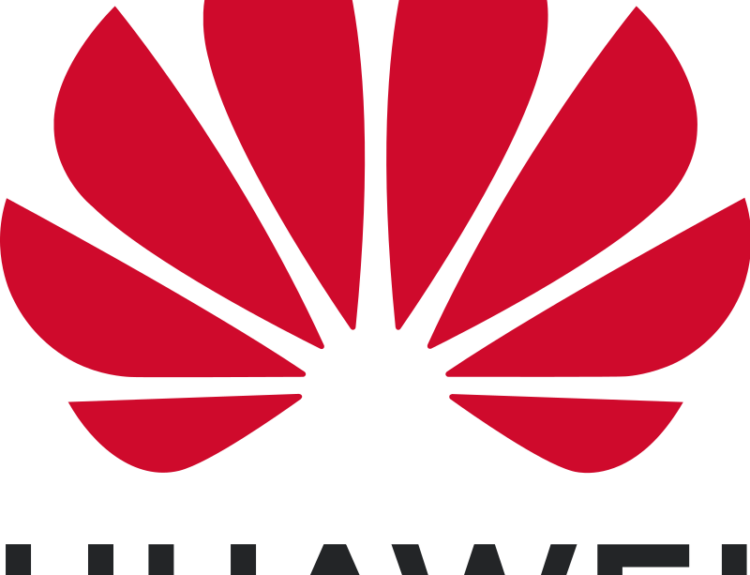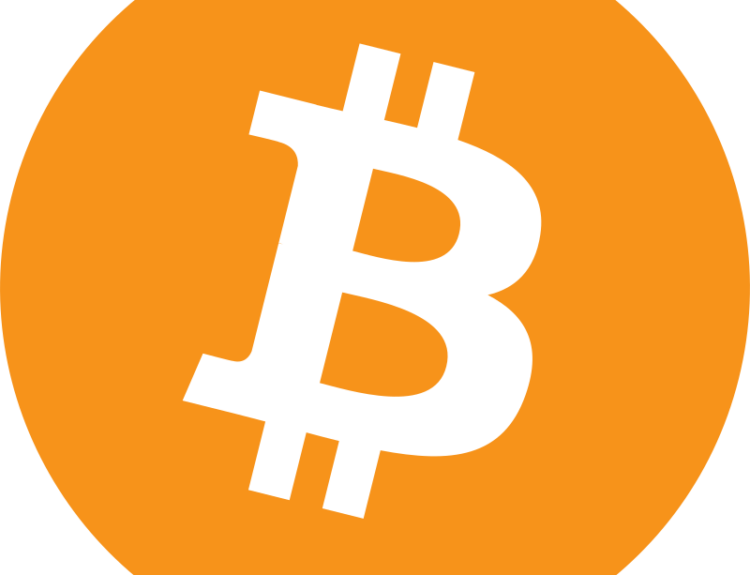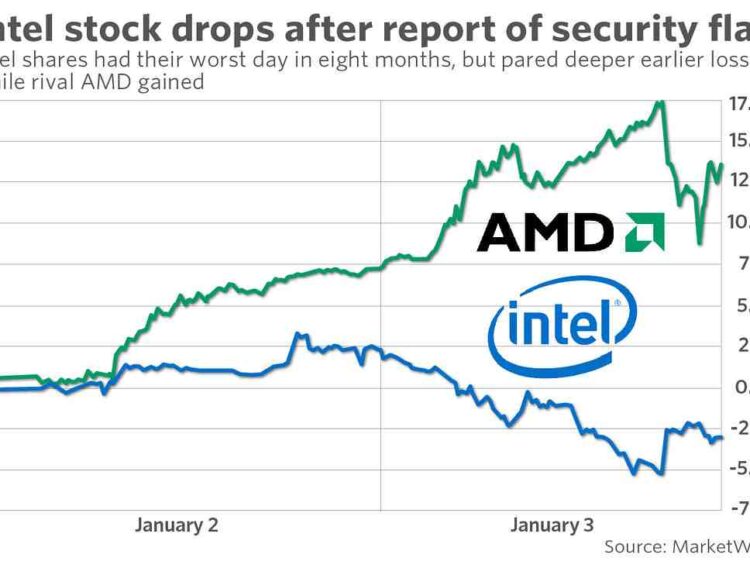A new method could help track the invisible and dangerous space debris
- Colliding space junk emits signals that can be heard from Earth
- Researchers from the University of Michigan have developed a method to detect these signals
- Current debris-tracking methods are unable to detect smaller fragments of space debris
- The method could eventually detect debris pieces as small as 0.04 inches
- The increase in orbital debris poses a growing concern for the space community
Researchers from the University of Michigan have developed a method to detect signals emitted by colliding space junk that can be heard from Earth. Current debris-tracking methods are unable to detect smaller fragments of space debris, which pose a serious threat to operating satellites. Using computer simulations, the researchers found that colliding objects at orbital speeds produce electrical bursts that can be spotted by Earth-based radio telescopes. Although the signals are short-lived and weak, the researchers believe that with further work, the method could eventually detect debris pieces as small as 0.04 inches. The increase in orbital debris is a growing concern for the space community, as the odds of devastating collisions and the risk of the Kessler Syndrome continue to rise.
Factuality Level: 8
Factuality Justification: The article provides information about a new study conducted by researchers from the University of Michigan, which suggests that signals emitted by tiny pieces of space junk resulting from orbital collisions can be detected from Earth. The article also includes information about the growing problem of space debris and the potential dangers it poses to operating satellites. The information provided is based on the findings of the study and is supported by quotes from the researchers involved. However, the article does not provide any counterarguments or alternative perspectives, which could have enhanced its factuality level.
Noise Level: 7
Noise Justification: The article provides information on the growing problem of space junk and a new method devised by researchers to track smaller pieces of debris. It includes data from the European Space Agency and explains the potential consequences of orbital collisions. However, the article does not provide much scientific rigor or intellectual honesty. It lacks in-depth analysis and does not explore the long-term trends or possibilities related to space debris. It also does not hold powerful people accountable or provide actionable insights or solutions.
Financial Relevance: No
Financial Markets Impacted: No
Presence Of Extreme Event: No
Nature Of Extreme Event: No
Impact Rating Of The Extreme Event: No
Rating Justification: The article does not pertain to financial topics and does not describe any extreme events.
Public Companies: European Space Agency (ESA), NASA (NASA)
Key People: Nilton Renno (Professor of Climate, Space Sciences and Aerospace Engineering at the University of Michigan), Akhavan-Tafti (Not specified), Donald Kessler (NASA physicist)
Reported publicly:
 www.space.com
www.space.com 





